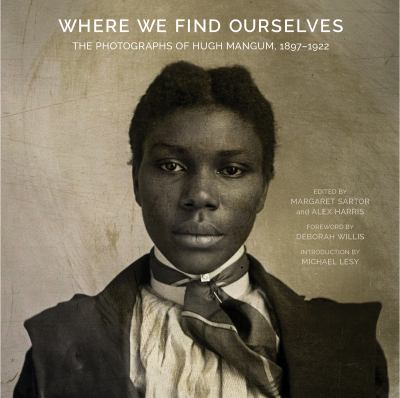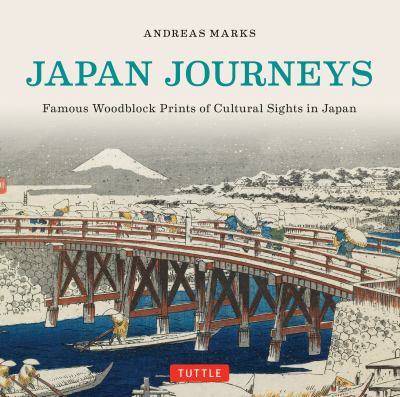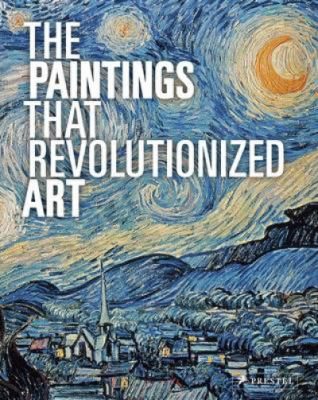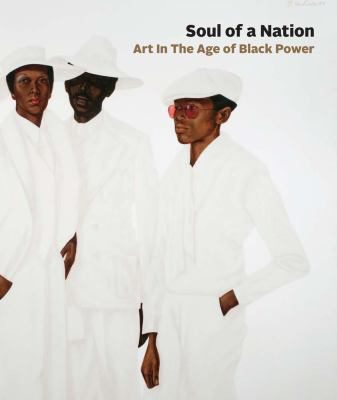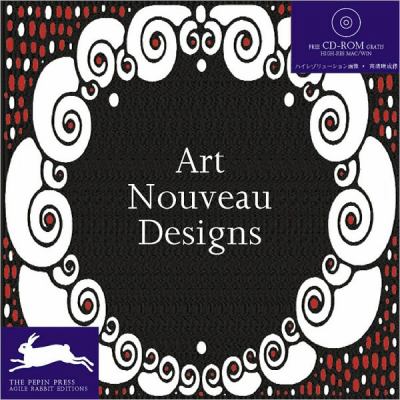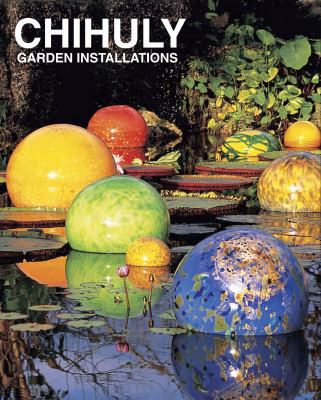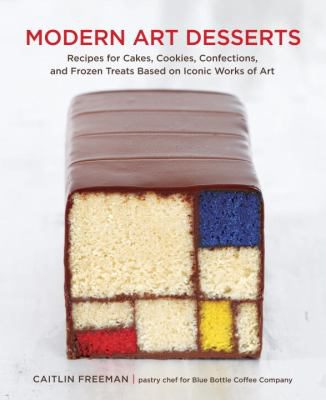Explore the arts for enormous rewards
Posted on June 12, 2019 at 6:00 am
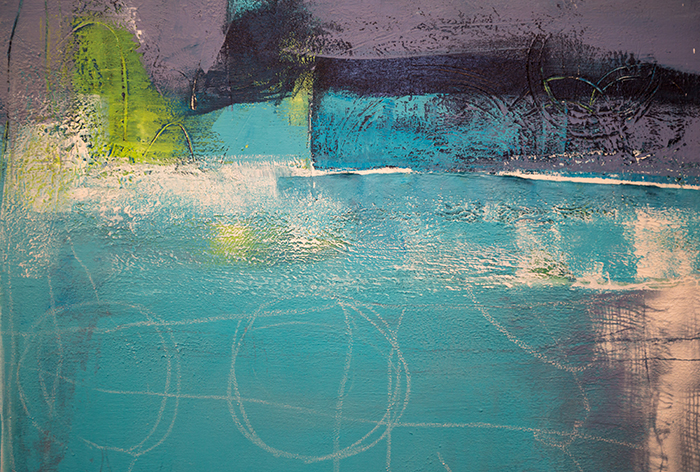
by Melissa Rhoades
Writer Kurt Vonnegut survived being a soldier and prisoner of war during WWII. He also suffered from depression. Knowing these facts adds extra weight to Vonnegut’s thoughts about the importance of art:
“The arts are not a way to make a living. They are a very human way of making life more bearable. Practicing an art, no matter how well or badly, is a way to make your soul grow, for heaven’s sake. Sing in the shower. Dance to the radio. Tell stories. Write a poem to a friend, even a lousy poem. Do it as well as you possibly can. You will get an enormous reward. You will have created something.”
Recently, I helped host two Family Painting Parties at the library. Watching the kids and their parents dip brushes into mounds of gleaming, colorful paint was a reminder of how good it can feel to express yourself artistically.
It was also a kick to watch participants respond so differently to the canvases in front of them. Some participants timidly skimmed the white surface while others delineated bold, precise lines. Others, still, slathered on thick layers of paint, filling every molecule of blank surface. And some experimented with various approaches, changing their minds as they went along.
I interpreted this as a testament to each person’s unique way of interacting with the world.
Each Family Painting Party ended with participants walking around the room to see what everyone else had created—which reminds me of another quote, this one attributed to Marcel Proust:
“Only through art can we get outside of ourselves and know another’s view of the universe…”
In other words, taking time to appreciate art created by others broadens our understanding. This is true whether we’re engaged with the written word, a painting, sculpture, song, video, dance performance, or other medium.
Defining what constitutes “art” goes beyond the capacity of this blog post. Entire books are dedicated to the topic, and it is hotly debated in certain circles. For current purposes, suffice it to say that the arts provide an outlet for creation, and that in itself is enough. The very act of creating (and appreciating) gives “enormous reward.”
Whether you’re in the mood to make art, observe art, or both, the library has programs to spark your imagination. Find out more about these summer 2019 art programs on our events calendar:
- Create with Glowforge (registration required)
- Share and Upload Your Videos
- Decorate a flowerpot at Artful Garden
- After Hours: Teen Video Camera Crew Intensive (registration required)
- Cupcake Decorating (registration required)
- Poetry Picnic
- Video Camera Crew Create: News Segment (registration required)
- Paint with Bob Ross (registration required)
- Video Camera Crew Intensive: Visit Mars! (registration required)
- Blacksmithing at the Library (registration required)
- Video Editing: Intro to Premiere Pro
Art resources available year-round at the Library District include:
- The Studio
- Digital Photography Kit
- Video Production Equipment
- 3D printing
- AceList bottle cutter kit
- Elna sewing machines (for more about these, see my sewing blog post)
- Northwest Museum of Arts and Culture passes
- Mobius Children’s Museum passes
To explore the power and potential of art therapy, try these resources:
- Art as an Early Intervention Tool for Children with Autism
- 101 Mindful Arts-Based Activities to Get Children and Adolescents Talking, a book for working with survivors of trauma, abuse, and neglect
How-to books are great way to develop skills and let your inner child play. Find instructions and tips for painting, drawing, photography, printmaking, sculpture, ceramics, bookbinding, and more at a library near you.
But don’t limit yourself to what instructional books say! Look at the arts throughout history and across cultures for how to break rules and expand boundaries. We offer a large selection of books on European and Euro-American art, African and African-American art, Chinese art, Japanese art, Islamic art, and Native American art—including oversized coffee-table books full of glossy color plates. Following is a small sample that inspires me.
Where we Find Ourselves: The Photographs of Hugh Mangum, 1897–1922 reveals the skills of an early portrait photographer in North Carolina. Through Mangum’s photographs, we glimpse the past in a way that feels fresh, surprising, and profound. His portraits reveal a more diverse society than history books tend to reflect, including several portraits of middle-class African Americans at the beginning of the 20th century. Text at the beginning and end of the book adds context. I love how the sitters stare straight into us from the past.
From Hokusai’s famous “Great Wave” to lesser known prints of festival crowds, snow storms, and lush gardens, Japan Journeys: Famous Woodblock Prints of Cultural Sights in Japan offers bright color reproductions of 19th century Japanese prints on every page. Short, easy-to-read descriptions complement the images without overwhelming them. For Japanese art in a different medium, take a look at Kimono. Packed with large color photos, this volume focuses on 300 years of exquisite textile artistry.
For a quick trip through 1,700 years of European and American painting, pick up a copy of The Paintings That Revolutionized Art. Instead of overwhelming readers with themes and historical periods, it focuses on individual paintings accompanied by brief commentaries that offer context and achievements. Full-page color reproductions plus occasional closeups make this book easy to enjoy and absorb.
American art history books tend to focus on white artists. As a result, Soul of a Nation: Art in the Age of Black Power is both refreshing and educational. Focused on African-American artists and movements between 1963 and 1983, the book includes abstract art, portraits, political works, and more. Painting, sculpture, printmaking, film, and photography are all touched upon, accompanied by color reproductions. For a glimpse of two artists not included in the book, check out painter Jacob Lawrence and photographer Gordon Parks.
Art Deco looks at the arts-and-crafts style that reigned in the 1920s. Chapters on architecture, furniture, jewelry, ceramics, painting, bookbinding, and more are filled with full-page color photos. Art Nouveau Designs offers patterns from the arts-and-crafts movement that preceded Art Deco, including images that can be downloaded from the included high-resolution CD-ROM (compatible with Mac and Windows). Use these designs to inspire your own doodling, or download them for print and web use.
For those of us who can’t travel the world to visit glass-artist Dale Chihuly’s stunning garden installations in person, Chihuly Garden Installations offers a colorful alternative. Viewers are treated to over 350 pages of full-page color photos showcasing Chihuly’s work in gardens across England, Finland, Italy, and the United States (Note: You can catch Luminous: Dale Chihuly and the Studio Glass Movement at the Northwest Museum of Arts andCulture through June 23). To see the works of another stunning installation artist, check out books on sculptor Andy Goldsworthy.
Those of you who excel in the culinary arts won’t want to miss Modern Art Desserts. It provides instructions on how to make Thiebaud cakes, Mondrian cake, Lichtenstein cake, Matisse parfaits, and more. These sweet delights exceed the limits of my current baking skills, but it’s still a treat to flip through the pages and see what a talented pastry chef can accomplish.
If you’ve created artwork you’d like to display at the library, contact your local library. Several District libraries regularly display art made in the community.
And if you’ve never dabbled in the arts, now is the time to try. The library offers dozens of entry points for discovering your creativity. As Vonnegut will remind you: “Nobody will stop you from creating. Do it tonight. Do it tomorrow. That is the way to make your soul grow—whether there is a market for it or not!”

Tags: art, art appreciation, art books, art classes, art therapy, arts, baking, blacksmithing, book list, coffee table books, create, creativity muse, dancing, drawing, glassblowing, how-to, painting, poetry, reward, sewing, singing, textiles, videos, writing

